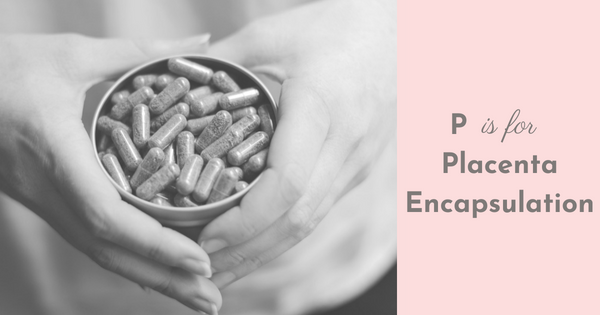What is Placenta Encapsulation?
Placenta encapsulation is a process that turns your placenta into a supplement that can ease your postpartum recovery.
What do I need to do?
When you book placenta encapsulation with Blissful Birthing, you will be sent a transportation kit to bring to the hospital with you. This kit includes an insulated cooler bag, instructions for storing and transporting your placenta, and bags for ice. Once your baby has been born and you are settled, call your encapsulator to schedule the processing. We aim to begin processing within 24 hours of birth for all our clients, but you do have up to 72 hours to begin the process.
Our encapsulators process your placenta in your home. You can be certain the placenta you will consume is yours. Your encapsulator will arrive with everything she needs to process your placenta – you just need to provide:
- an empty sink
- counter space
- a burner on your stove
- an outlet
What is the process like?
Your encapsulator will wash her hands and begin to prepare her work space by sanitizing the sink and counter. She will wash your placenta, prepare a tincture (if you opt for this), and steam and dehydrate it. Blissful Birthing does not offer the raw method of encapsulation for the safety of you and your baby; steaming your placenta helps protect you and your baby from any bacteria. Your placenta can still be encapsulated if you tested positive for Group B Strep! However, if you had an active infection or a fever during labor, we unfortunately cannot encapsulate your placenta for your safety and the safety of your baby.
Your encapsulator will clean up and sanitize the surfaces in your kitchen that were part of the encapsulation process. She will leave your placenta to dehydrate overnight. There’s no need to send your partner home in the middle of the night to unplug the dehydrator as we have it running on a timer! Your partner can stay at the hospital with you overnight.
The next day, we return to finish the process and turn your dehydrated placenta into capsules (and we offer both unflavored and flavored capsules!). The whole process takes 3-4 hours over two days, and your capsules will be waiting for you when you get home from the hospital!
What are the benefits and risks of encapsulation?
Women have many reasons* for choosing encapsulation. The most common include:
- preventing postpartum depression/anxiety
- help with milk production
- help level out hormones after birth
- reduce the risk of postpartum hemorrhage
- increased energy
- restore iron levels
Typically women refrain from encapsulation because they have heard that it can decrease their milk supply. Though rare, if you feel your milk supply has lowered, call your encapsulator. She will advise you on adjusting your dosage to mitigate this.
The report of the mother and baby in Oregon who may have contracted GBS from placenta pills is misleading. It did not go into how the encapsulator processed the placenta (we steam before dehydrating, for your safety). Also, an infection in the mother or baby immediately after delivery is typically indicative of the presence of an active infection during delivery. As previously indicated, this is a contraindication for encapsulation. We always recommend washing your hands after taking your pills regardless of if you tested positive for GBS colonization, this report did not mention if proper hand washing protocols were practiced.
Your mind may be put at ease by reading the new study by University of Nevada, Las Vegas and Oregon State (published May 2, 2018) that was published in Birth. This study looked at ~23,000 babies. It found that their mothers’ consumption of their encapsulated placenta put them at no increased risk for hospitalization or death than babies whose mothers did not consume their placenta.
If you have any questions about this service please reach out. We want you to feel confident in the decision you are making.
Check Out Our Other Blogs
Q is for Queasiness
R is for Rh Factor
S is for Sex
*The FDA has not evaluated these statements. They do not diagnose, treat, cure, or prevent any disease.
This article is for informational purposes only. It does not take the place of consultation with your healthcare professional.


Comments 2
Pingback: Let Them Eat...Placenta? | Placenta Encapsulation Alternatives
Pingback: Placenta Encapsulation FAQ | Placenta Encapsulation in the Hudson Valley